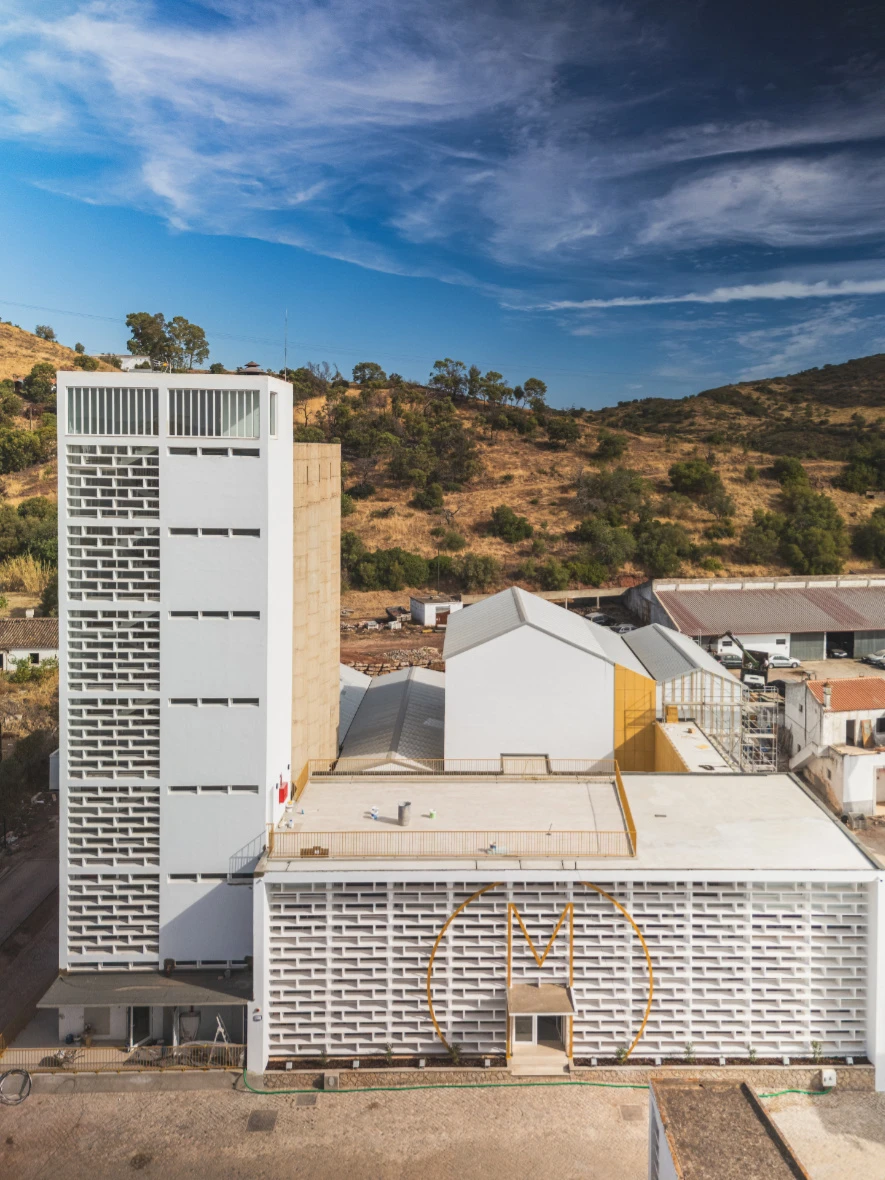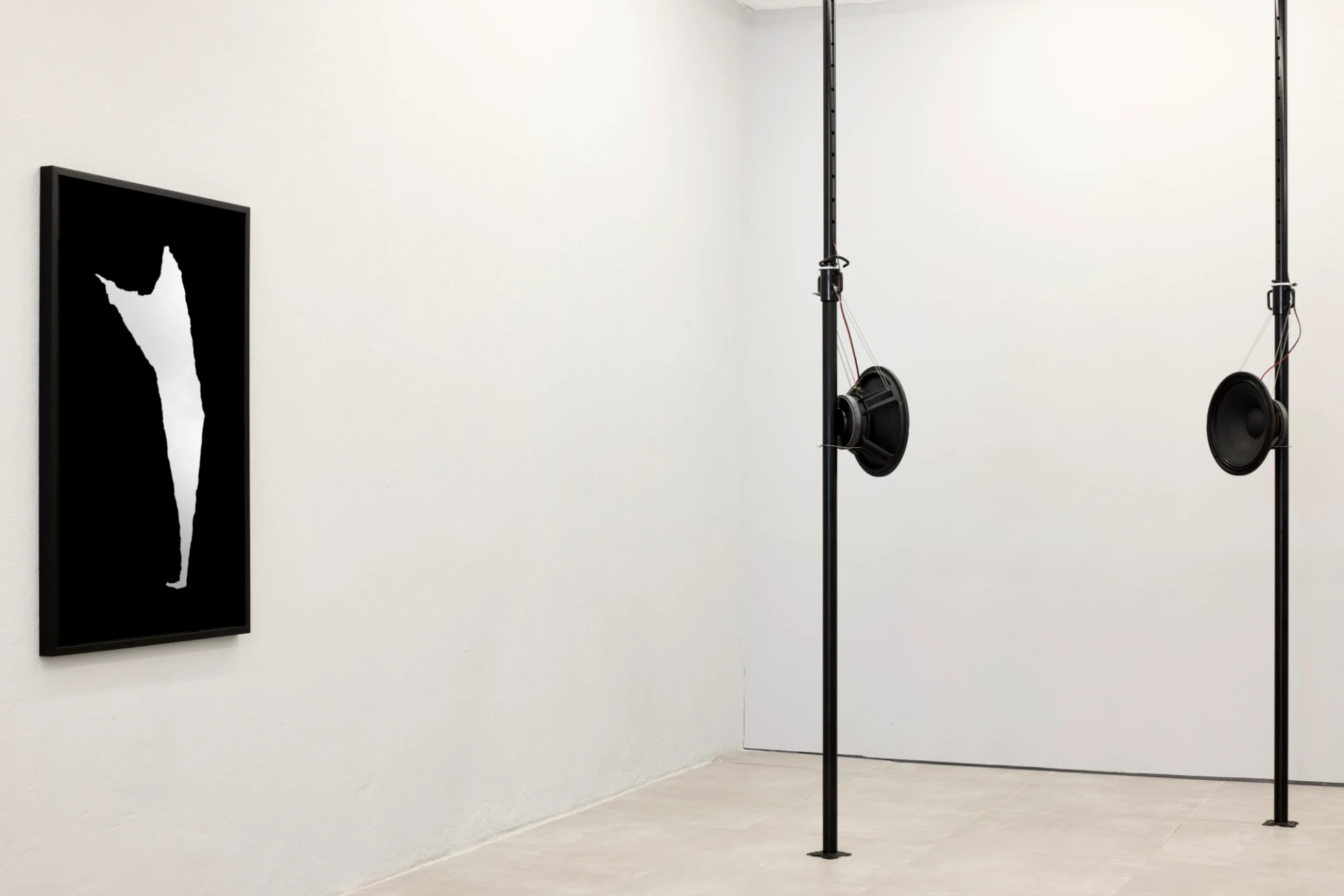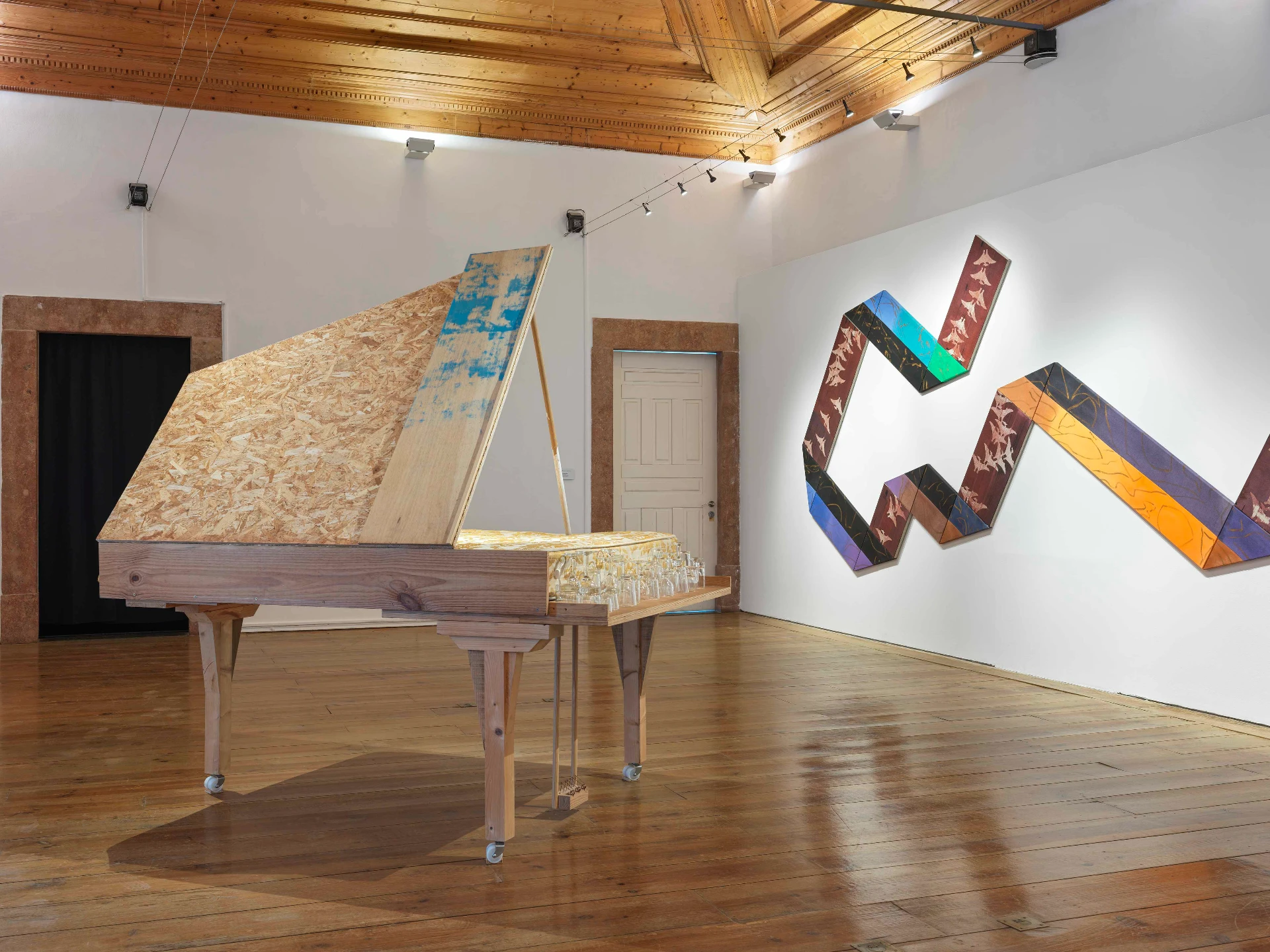article
Building a map
To orient ourselves in a new building requires us to master the space as if we were performing a kind of cartographic movement. Whether mental, printed, digital, more materialized or intangible, the map is a fundamental instrument – an auxiliary piece to build foundations of a relationship between visitor and visited place – in guiding us through places.
By presenting itself as an entity conceived to consider digital arts, Museu Zer0 sets up an examination of opposing and apparently irreconcilable categories: museum-place, evanescent art, material and immaterial. Maps, as they simultaneously relate to the notion of space, idea and place, seem to integrate one of these categories – we must start from the beginning, from nothing: the first map is Zero.
Recognising a place, Nuno Lacerda (b. 1983) was the artist invited by Museu Zer0 to map it in a video piece, at the outset of cartography. Finalist of the Sonae Media Art prize in 2017 and winner of one of the Proyector2019 awards, in his video art Lacerda insists on characterising space (personal, environment) as a place for the construction of cartographic ideas. In Mapa Museu (2014), a short video with soundtrack by Tiago Durão, he assembled a set of images in various locations in Centro Cultural de Belém, (a project by Vittorio Gregotti and Manuel Salgado inaugurated in 1992) in Lisbon, seeking to imagine an “architecture suspended in space and time”. One of the reasons Nuno Lacerda gave for choosing this place was “its unusual layout, with spaces in different scales, connections and geometric games”, which made him want to “construct a complex visual puzzle”. Currently, Museu Zer0 is a search process associated with a particular geographical place – the silos of Cooperativa Agrícola in Santa Catarina da Fonte do Bispo, near Tavira, Algarve;a building designed in the 1950s by Algarvian modernist architect Manuel Gomes da Costa; but it also foreshadows the actual purpose of that place (given that the premises, partly still used by the cooperative and awaiting refurbishment and adaptation to the museum, are not currently open to visitors as a museum).
Akin to his work eight years ago at CCB, Lacerda’s effort for Museu Zer0 starts with images of a building, of an identifiable geographical site, where the artist is moving, recognising it and showing it; unlike “Mapa Museu”, the “world map” of Museu Zer0 is the recognition of a pre-existence and the establishment of an unseen and still uninhabited place. In 1998, when she stated that “to make maps is to make worlds” [1], Donna Haraway could be characterising Lacerda’s piece: Mapa Zero is not (only) the representation of a world: it is the very action of building that world. Building worlds from actual worlds requires deconstructing the image of what already exists. As such, Mapa Zero (like Mapa Museu) is a collection of several videos filmed in Santa Catarina’s silos, assembled – in a rigorous editing process – in different dimensions and positions, displayed on a raised screen inside the nave of Ermida de São Roque, Tavira. The image seen by the visitor upon entering the hermitage is dynamic and labyrinthine: the different and sequential frames appear and disappear from the screen, changing the relationship between them (the geometric proximities of the several rectangles establish a time, like raccords between different planes), mimicking the path of the man who travels through the corridors, the staircases, the interior and exterior spaces of the future-present Museu Zer0. We pass inside the building, just like the spectators when they look at the numerous rectangles, wandering endlessly, something emphasised by the looped video. But the man on the screen, unlike the one looking at him, is allowed to emerge from nowhere, to descend a staircase when he seems to climb it, to walk upside down, to jump from one video to another, from one place-time to another, contiguous – possibilities of kinetic art, an abracadabra that Lacerda underlines when his character embodies a comic slapstick.
A map may be considered a representation. Through it, limits, delimitations and boundaries are defined. In Mapa Zero, the images and dynamism of its assembly and the way they appear on the screen shrink those limitations. The space acquires the immateriality with which it needs to know how to deal, as this is a feature of its museological matter. In maps, we see what we often cannot perceive outside of them – for example, the flat earth, the opposite of gravity, defied horizontality, a panoramic view that the human eye does not possess. This too happens in Mapa Zero, without ever threatening the connection to the viewer’s scant abilities. For instance, the bond is maintained because it fulfils a narrative sequence, where the video is an accessory to the walk through the constructed building. Despite the loop, we can fulfil a narrative line because we identify the beginning and end of the video. This begins with shots at ground level, outside the silos. It then proceeds upwards within it and ends with expanding the horizon, again outside, at the top of the future-present museum.
During the ten minutes shown at the centre of a desecrated temple with bare walls, Nuno Lacerda’s piece erects a cathedral, i.e., it establishes the image of a museum. And it also questions, destabilizes, and creates in the spectator the sensation of vertigo, of accepting the cartography and movement through space that are typical of the artistic drive. But this is also achieved by being more than video art or a simple sampling of what is filmed. It even questions its own category, by including as a vanishing point, in almost every sequence, the choreography of the visitor to this future museum, the figure of the artist himself incarnating an abstract persona – that is, fictional, the result of the construction of an idea of art.
Mapa Zero, by Nuno Lacerda, is produced by Museu Zer0 with the support of the Tavira City Hall. It is at the Ermida de São Roque, downtown Tavira, until September 30, 2022.
[1] “Deanimations: Maps and Portraits of Life Itself”, Caroline A. Jones & Peter Galison (eds.), Picturing Science Producing Art. Routledge, p.182.
BIOGRAPHY
Ana Isabel Soares (b. 1970) has a PhD in Literary Theory (Lisbon, 2003), and has been teaching in the Algarve University (Faro, Portugal) since 1996. She was one of the founders of AIM – Portuguese Association of Moving Image Researchers. Her interests are in literature, visual arts, and cinema. She writes, translates, and publishes in Portuguese and international publications. She is a full member of CIAC – Research Centre for Arts and Communication.
ADVERTISING
Previous
article
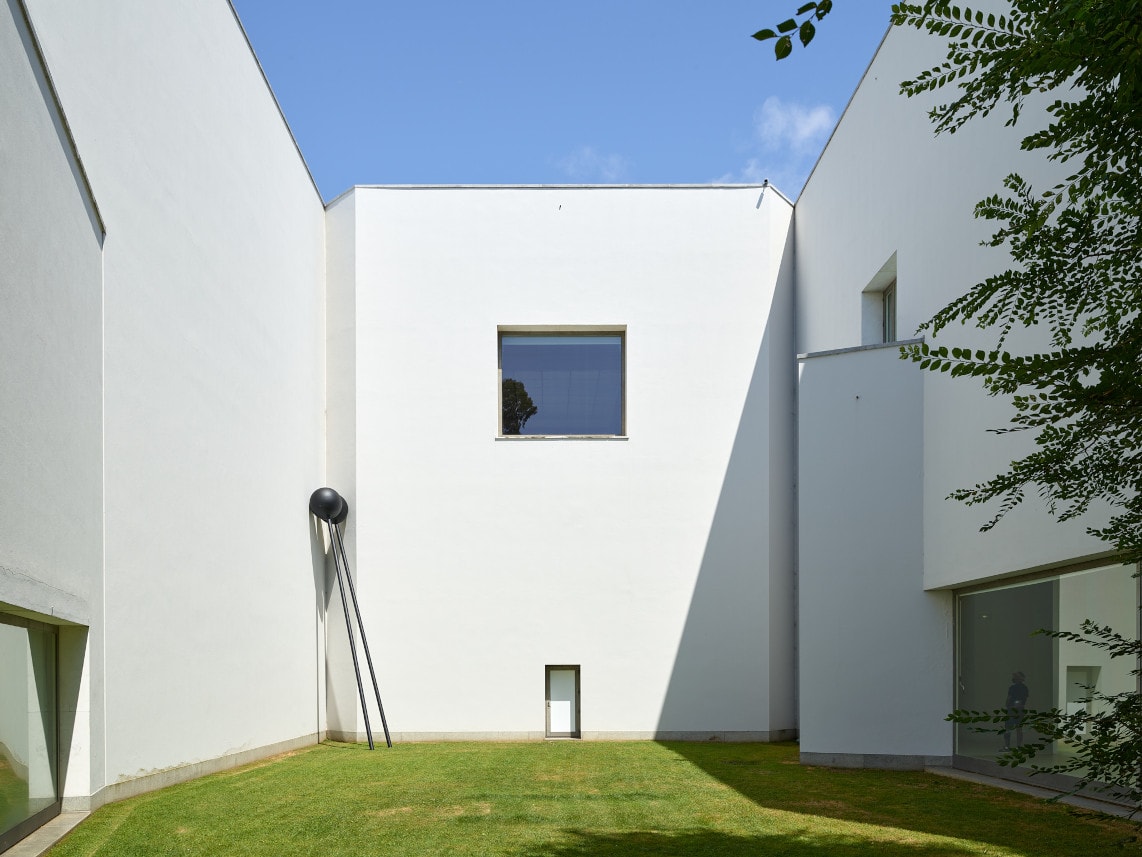
01 Sep 2022
Rui Chafes: Chegar sem partir
By Mafalda Teixeira
Next
article
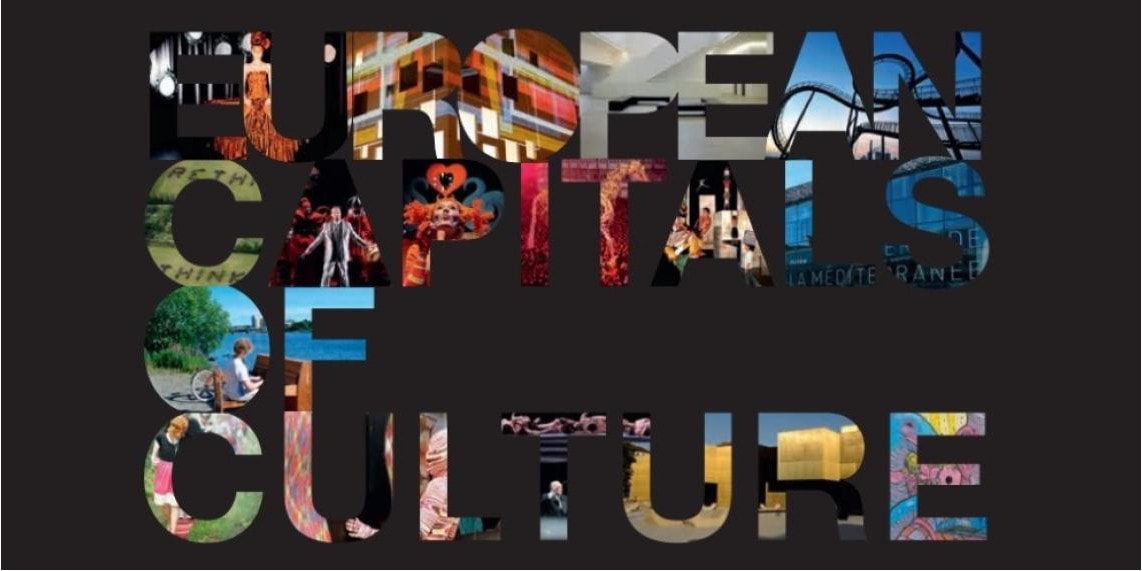
07 Sep 2022
Culture at the Centre: Four stances of the four portuguese cities bidding to become European Capital of Culture
By Mafalda Ruão
Related Posts
